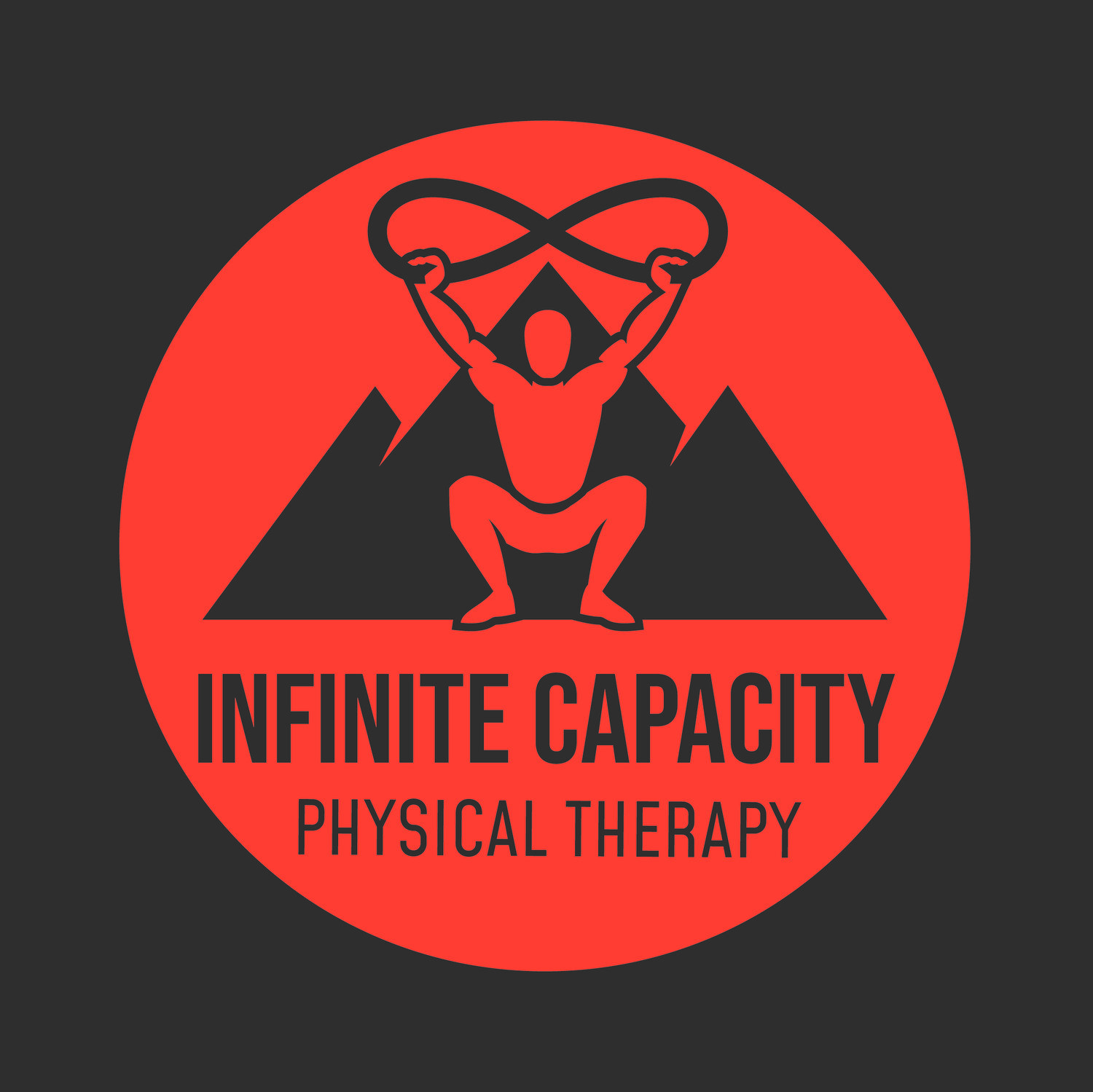ACHILLES TENDON PAIN
Achilles tendon conditions come in two separate and distinct forms: Insertional Achilles Tendon Pain and Midportion Achilles Tendon Pain. Let’s take a look at each these diagnoses:
According to research, about 6% of people will experience Achilles tendon pain at some point during their life.(2) It is estimated that between 7-9% of runners will experience Achilles tendon pain each year.(1) In about one-third of people having Achilles tendon symptoms, the pain will be at the insertion of the Achilles tendon (where the tendon attaches to the heel bone).(2) This is where the name “insertional Achilles tendinopathy” comes from, versus “midportion Achilles tendinopathy” which occurs in the middle-third section of the tendon about 1-2 inches up from the heel. Tendinopathy is a medical term used to describe changes in the structure of the tendon. Pain due to both types of Achilles tendinopathy is related to a thickening of the Achilles tendon, which is the soft tissue connecting the calf muscles to the heel.(2)
This thickening of the Achilles tendon is what conservative treatment such as physical therapy aims to address. Through exercises such as stretching and ankle strengthening, we will attempt to load that tissue, resulting in a positive tissue adaptation and restructuring over time. This change in tissue can lead to changes in Achilles tendon structure and decreases in thickness, which has been shown to decrease pain levels.(2)
These changes in tissue can take some time. A study in 2019 comparing surgery to physical therapy for soft tissue conditions similar to plantar fasciitis recommends to “encourage patients to comply with loading exercise treatment for at least 12 months before the option of surgery is seriously entertained.”(4) Which is good news, because the long-term prognosis for Achilles tendinopathy is good with conservative treatment. Decreases in pain and improvement in function can be seen after 6 to 12 weeks(1) of an appropriate loading program as described below. Additionally, studies have displayed that about two-thirds of individuals experience a reduction in symptoms by nearly half after a 4-month period.(2)
By getting physical therapy treatments and loading techniques, and being consistent with it, things will likely get better with time. Only after complying with these exercises for 12 months with no improvement of symptoms should more aggressive treatment options, such as surgery, be considered.(4)
References
1. Carcia CR, Martin RL, Houck J, Wukich DK; Orthopaedic Section of the American Physical Therapy Association. Achilles pain, stiffness, and muscle power deficits: achilles tendinitis. J Orthop Sports Phys Ther. 2010;40(9):A1–A26. doi:10.2519/jospt.2010.0305
2. Chimenti RL, Cychosz CC, Hall MM, Phisitkul P. Current Concepts Review Update: Insertional Achilles Tendinopathy. Foot Ankle Int. 2017; 38 (10): 1160–1169. doi:10.1177/1071100717723127
3. Somford MP, Hoornenborg D, Wiegerinck JI, Nieuwe Weme RA. Are You Positive That the Simmonds-Thompson Test Is Negative? A Historical and Biographical Review. J Foot Ankle Surg. 2016; 55 (3): 682–683. doi:10.1053/j.jfas.2016.01.021
4. Challoumas D, Clifford C, Kirwan P, Millar NL. How does surgery compare to sham surgery or physiotherapy as a treatment for tendinopathy? A systematic review of randomised trials. BMJ Open Sport Exerc Med. 2019; 5 (1): e000528. Published 2019 Apr 24. doi:10.1136/bmjsem-2019-000528
